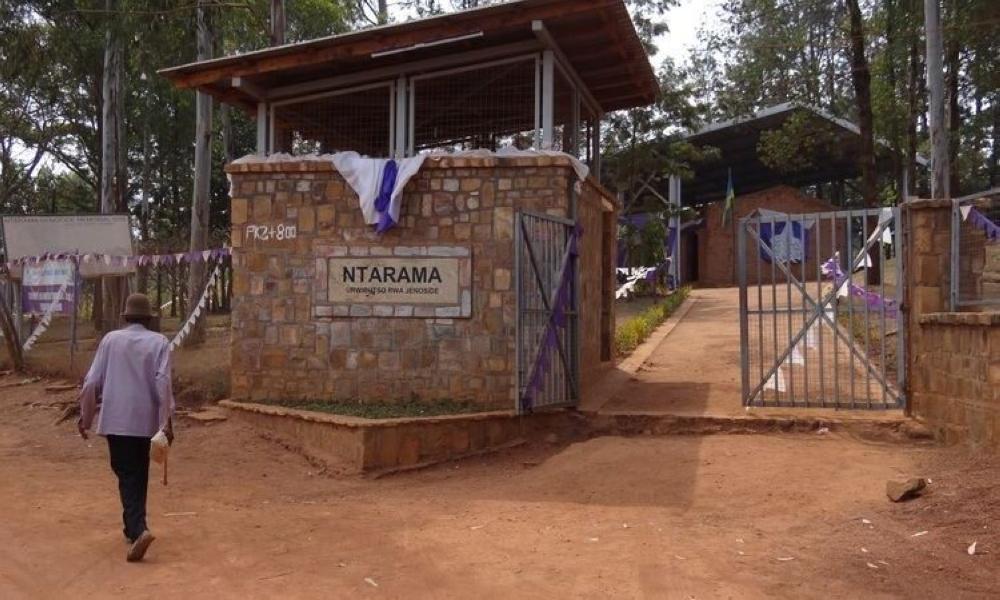Africa-Press – Rwanda. On April 30, 1994, the Genocide against the Tutsi continued with terrifying intensity across Rwanda. In Bugesera, survivors who had fled earlier killings in the hills, churches, and sorghum fields sought refuge in the dense papyrus swamps—one of the few remaining hiding places.
However, government forces used aerial reconnaissance to detect movements in the swamps. Once they discovered concentrations of Tutsi in the area, they devised a coordinated plan to exterminate them.
That day, a large number of Tutsi were massacred in a swamp known as “CND,” located between Ntarama, Rulindo, and Mugina in the former Gitarama prefecture.
Interahamwe militia and soldiers encircled the swamp, launching a brutal attack from 10 a.m. to 4 p.m. They only stopped when some of them cited the long distance they had to walk back to their homes.
Soldiers opened fire and hurled grenades into the swamp, while Interahamwe used machetes, spears, nail-studded clubs, and other crude weapons to slaughter those unable to flee in the waterlogged terrain. Victims’ clothes were stripped from their bodies, and women and girls were subjected to rape and horrific torture before being killed—often with sharpened sticks inserted into their private parts.
On the same day, in Gisenyi town (now Rubavu), Tutsi survivors who had been in hiding were deceived by loudspeaker announcements from a truck claiming that peace had been restored and that no more killings would occur. When the Tutsi emerged from hiding, they were taken to the notorious Commune Rouge, where they were massacred.
Today, the site serves as a Genocide memorial, holding the remains of more than 5,000 victims from Gisenyi and surrounding areas. This atrocity followed months of incitement and hate speech spread through Kangura, a local extremist newspaper edited by Hassan Ngeze, a native of the area.
In Rusizi District, at Mibilizi Catholic Parish, approximately 60 Tutsi who had survived earlier attacks were also murdered on April 30 by Interahamwe led by genocide convict Yusufu Munyakazi.
They had returned from killing Tutsi in Nyamasheke’s Shangi sector. Mibilizi had become a major refuge area during the early days of the Genocide, sheltering more than 8,000 Tutsi. On April 18 alone, attackers struck the parish three times, using guns and grenades to kill thousands.
Meanwhile, in Huye District, at Ngoma Catholic Parish, Tutsi who had taken refuge were also attacked on April 30. Entire families were wiped out. Babies were smashed; adults were hacked with machetes and bludgeoned with clubs. Women and girls were raped before being killed.
In Butare town, Interahamwe attacked Tutsi hiding at the Abenebikira Sisters’ Center in Itaba. Victims were first selected, then taken to Kabutare and Groupe Scolaire, where they were executed using firearms and traditional weapons, including machetes, clubs, and petrol-filled jerrycans.
April 30 stands as a haunting reminder of the systematic, well-coordinated extermination campaign that marked the 1994 Genocide against the Tutsi, leaving deep scars across Rwanda.
For More News And Analysis About Rwanda Follow Africa-Press






